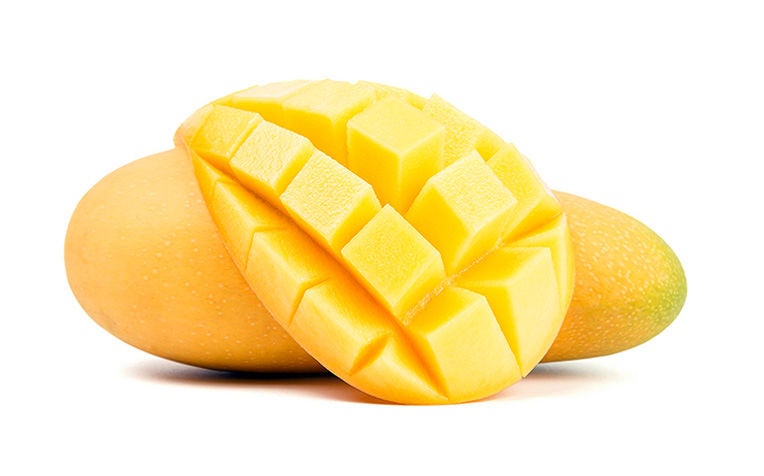
A serving of mango (a small 130g mango) can provide up to 50 per cent of your daily vitamin C requirement.
If you’re a mango lover, you’ll know that best time to eat mangoes in Singapore is between April to September. But beneath its irresistible taste also lies an array of benefits. Dietitian Tay Su Mei from Outram Community Hospital (OCH), under SingHealth Community Hospitals (SCH), a member of the SingHealth group, shares more.
Health benefits of mango
1. Boosts immunity
Mangoes are rich in Vitamin C, a water-soluble vitamin that produces collagen and keeps our skin, bones and connective tissues healthy. Vitamin C also has powerful antioxidant properties, which improve our immune system and help us fight infections. In addition, Vitamin C helps in the absorption of iron and promotes wound healing.
A serving of mango (a small 130g mango) contains about 50mg of Vitamin C, providing approximately 50 per cent of our daily vitamin C requirement.
2. Supports healthy eyes
Mangoes contain beta-carotene, which is converted into Vitamin A in our bodies and is the pigment responsible for giving the fruit its yellow-orangey colour. Vitamin A is important for our eyes as it promotes good day and night vision. Vitamin A also helps with maintaining healthy skin and hair, and acts as an antioxidant for an added boost to our immune system.
3. Maintains healthy blood pressure
Mangoes are a great source of potassium; the mineral responsible in regulating our blood pressure and heart beat. Potassium also helps our nerves and muscles work properly and is responsible for moving nutrients and wastes around our cells.
4. Promotes digestive and cardiovascular health
As a fruit, mangoes contain dietary fibre, which is important in promoting good bowel health and preventing constipation. The high dietary fibre content also aids in lowering blood cholesterol levels and maintaining a healthy blood sugar level as well as blood pressure control, reducing risks of heart diseases and stroke.
5. Makes a healthy snack
Mangoes have a high water content of approximately 80 per cent. Fresh mangoes are a good snack to have when we feel peckish as the high water and dietary fibre content can fill us up and help us feel full for longer. This reduces further snack cravings, and if eaten in moderation, keeps our total caloric intake and weight in check.
How to include mango in your meals
Mangoes are versatile as an ingredient and can be included in your meals in many ways.
1. Eat it on its own
Cut up fresh mangoes into small cubes and have it as it is, or mix in a cup of low-fat yoghurt and a handful of unsalted nuts for added protein. Always choose fresh fruits over dried fruits or fruit juices to obtain the full benefits of the fruit.
2. In smoothies
Combine mango chunks with low-fat milk, yoghurt or other fruits of choice and blend it into an energising tropical fruit smoothie.
3. In salads
Toss up mango slices with capsicums, onions, fresh basil and cilantro leaves. Drizzle with lime juice, ground pepper and olive oil for a juicy mango salad.
4. As a sorbet
Add frozen mangoes, water and a drizzle of honey and blend until smooth. Transfer into a freezer-safe container or popsicle moulds and freeze until solid or firm.
5. As a condiment
Make a refreshing mango salsa by combining diced mangoes, chopped chilli, onion, coriander and lime juice. Serve it with grilled chicken or fish, rice and a side of salad greens for a complete meal.
Remember to also include whole grains, lean proteins and other colourful fruits and vegetables as part of a healthy balanced diet.
Nutritional analysis of mango
A medium-sized (210g) mango contains:
| Calories | 126 kcal |
| Protein | 1.7g |
| Fat | 0.8g |
| Carbohydrates | 32g |
| Fibre | 3.4g |
| Water | 175g |
Ref: K21
Check out our other food and nutrition articles:
Dried Fruits: Nutritional Benefits
Tea, Is It Healthier Than Coffee?
5 Super Foods for Beautiful Skin


















 Get it on Google Play
Get it on Google Play